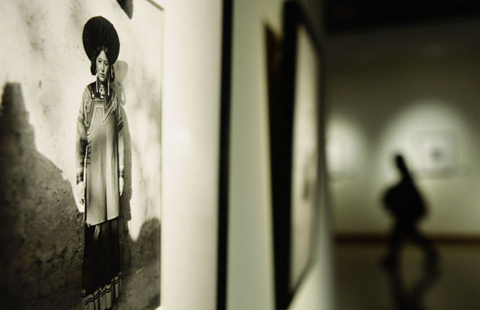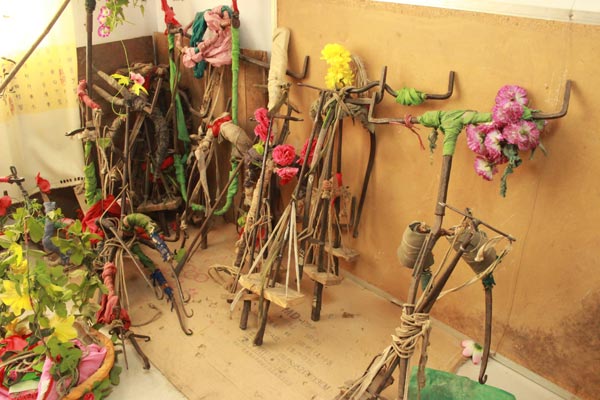 |
|
Frames used in naoge performance.[Photo by Wang Kaihao/China Daily]
|
"The original frames were wooden, but later they were made of iron," Wen says. "All the frames used nowadays were made years ago, and some were even made in the 1940s. When some parts break, they will refer to me. The instruments are designed in such a way that they protect the performers' safety and do not make them feel uncomfortable."
Wen never participates in the performance, but he says 30-odd years of making and repairing frames have given him great emotional attachment to this tradition.
When asked who will take his job in the future, he stares at a certificate with the words "Intangible Cultural Heritage Item Inheritor of the Inner Mongolia Autonomous Region" and falls into silence for seconds.
"Maybe no one will do it. The countryside has changed a lot. Cities are expanding and villages keep disappearing. When modern lifestyles become popular, old folklore will die. It's an irreversible natural rule. So, when it's time for my frames, naoge, or old lifestyle to leave, let it be," he sighs.
"This is what worries us most," says Zhao Xiaomin, curator of Tumd Left Banner's cultural center. "Naoge performers will only have four to five shows all year, including chances to attend cultural festivals. Occasionally, we can apply for special financial subsidies from the local government, but the villagers have to cover all the cost by themselves in most cases.
"We also plan to gather scattered naoge performances in other villages to expand their influence, but their drumbeat rhythms are so different. Performers from different villages thus cannot dance together. Still, we want to organize naoge opera troupes and hire villagers as paid actors. If they get paid, the new generation will possibly be more willing to join in."

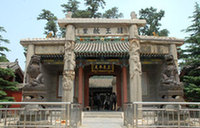


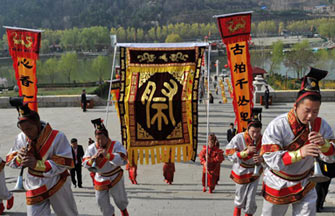
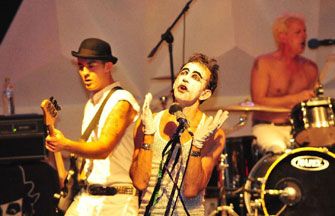
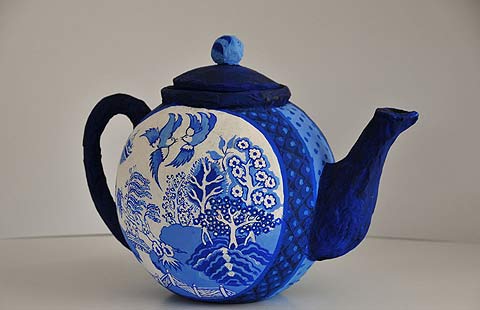

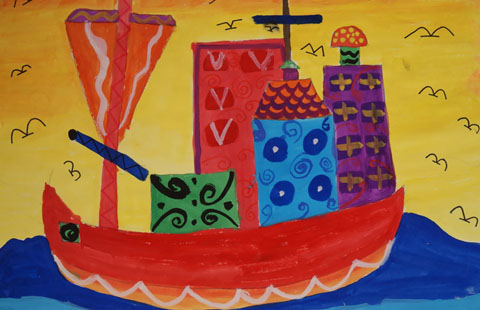












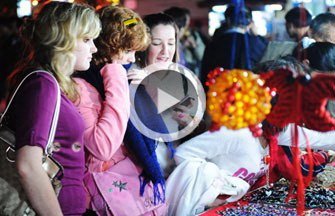


 Raymond Zhou:
Raymond Zhou: Pauline D Loh:
Pauline D Loh: Hot Pot
Hot Pot Eco China
Eco China China Dream
China Dream China Face
China Face



